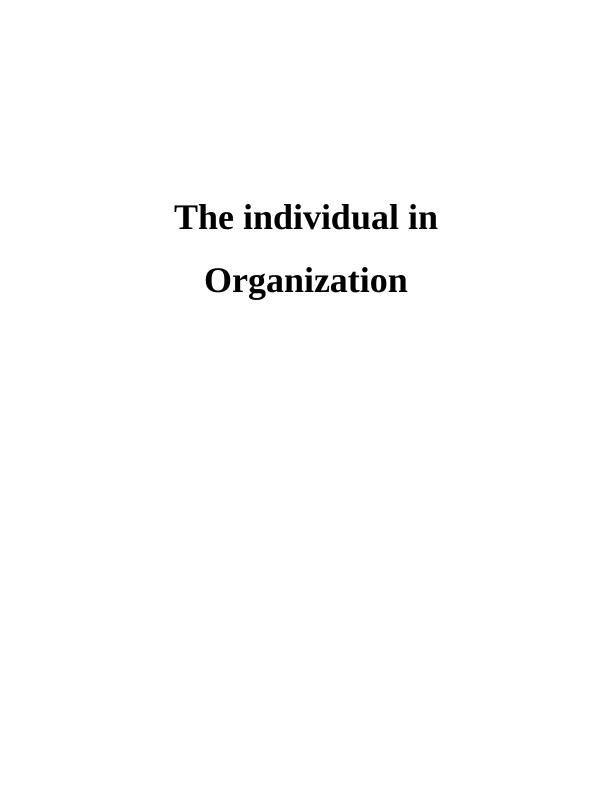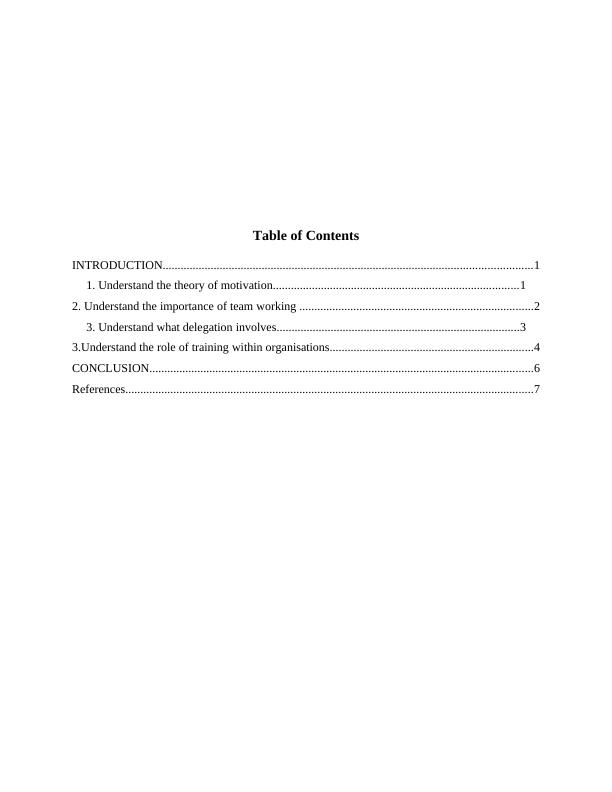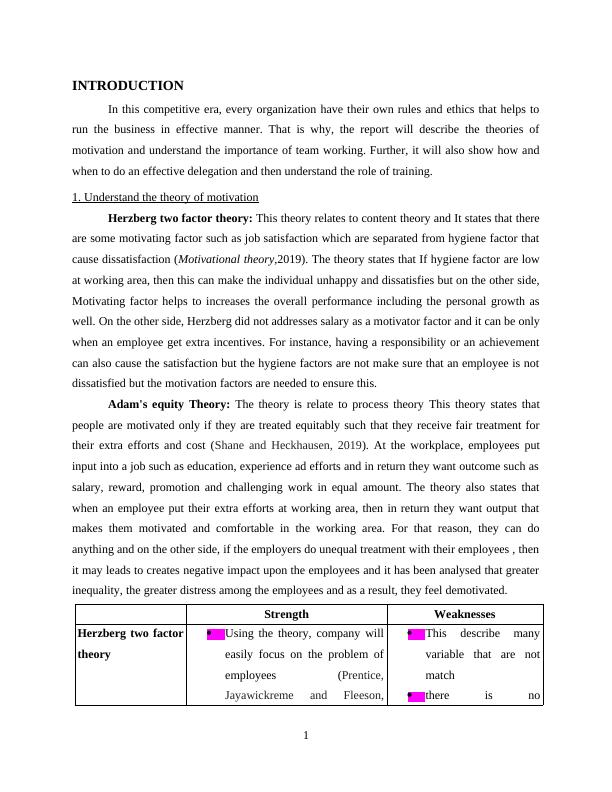(PDF) The individual-organization relationship
9 Pages2404 Words132 Views
Added on 2021-02-20
(PDF) The individual-organization relationship
Added on 2021-02-20
ShareRelated Documents
End of preview
Want to access all the pages? Upload your documents or become a member.
Model of Workplace Solidarity
|26
|833
|19
Essay on the Effect of Motivation
|8
|1485
|432
Operational and Strategic Planning - PDF
|11
|3081
|94
The Herzberg Motivators and Hygiene theory Assignment
|7
|1603
|216
Herzberg-Two Factor Theory
|8
|2182
|10
Motivating Staff: A Comparison of Maslow's Hierarchy of Needs and Herzberg's Two-Factor Theory
|4
|890
|392



